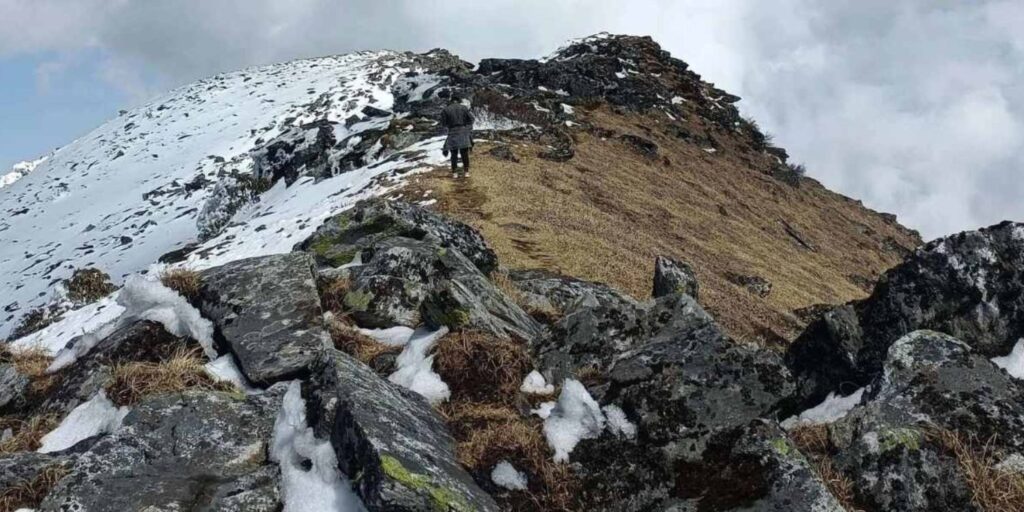Introducing the majestic Saramati Peak, an awe-inspiring natural wonder nestled in the enchanting landscapes of Nagaland, India.
Rising to an impressive altitude of 3,841 meters (12,602 feet), Saramati Peak stands tall as the highest peak in the state, offering a breathtaking panorama of lush green valleys and cascading waterfalls.
The hills in front of us are rolling and moving in a way that is relaxing and soothing to the eyes.
These hills extend beyond the horizon and cover a vast expanse of land. This iconic landmark holds immense cultural significance among the indigenous tribes of Nagaland, serving as a sacred symbol of reverence and folklore.
Adventurers and nature lovers alike are drawn to its rugged slopes, eager to embark on thrilling treks and explore the rich biodiversity in its pristine surroundings.
This peak is a picturesque mountain located on rough terrain.
The Peak stands out with its serene beauty, especially when the sun casts its golden glow.
This natural wonder invites travelers to immerse themselves in its timeless allure, offering a unique and unforgettable experience.
Whether seeking a thrilling expedition or simply yearning for a moment of solace amidst nature’s embrace, Peak promises a fantastic journey into the heart of Nagaland’s untamed beauty.
1. Location
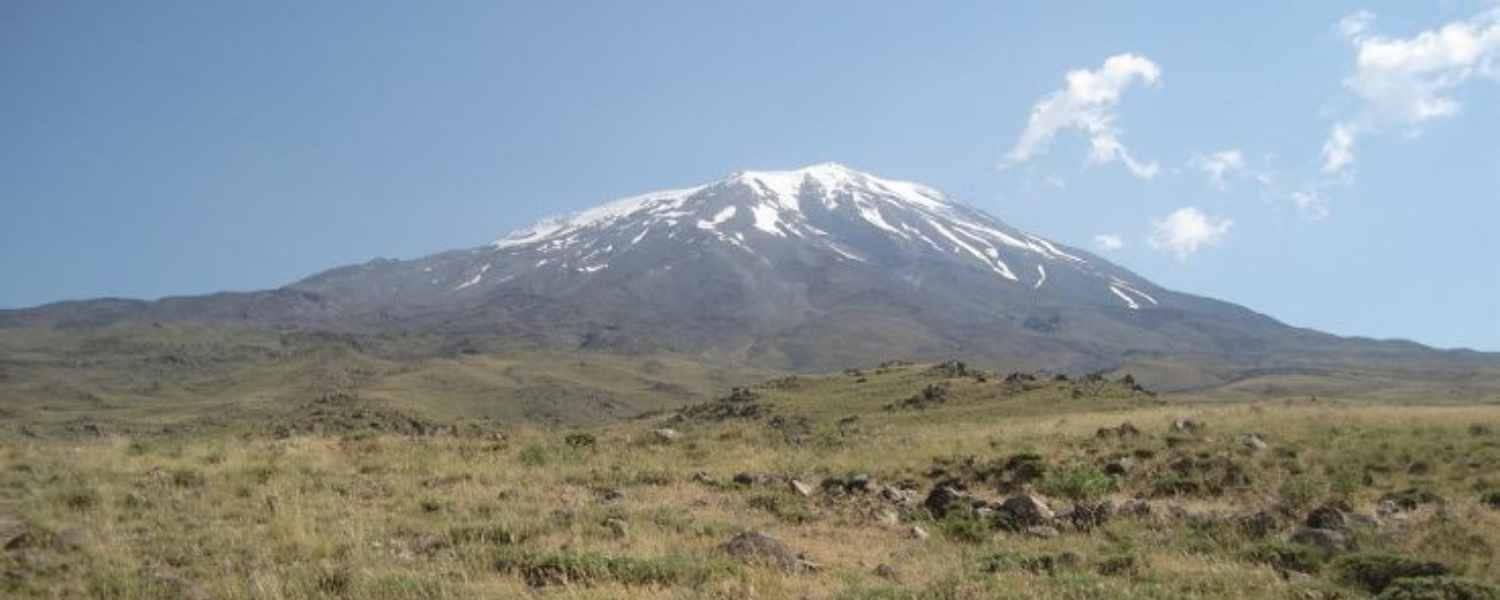
Nestled amidst the picturesque landscapes of the mountainous border between Nagaland, India, and the Sagaing Region of Burma lies the majestic Saramati Peak.
Rising gracefully above its surrounding peaks, Saramati stands as a testament to nature’s grandeur and beauty.
Situated near Thanamir Village in the enchanting Kiphire District of Nagaland, this peak is a beacon for adventure seekers and nature enthusiasts.
For those seeking a thrilling escapade, this peak offers an exhilarating trekking experience through verdant forests and rugged terrain.
As trekkers ascend their slopes, they are rewarded with panoramic vistas of lush valleys and distant horizons, making every step a journey to remember.
Beyond its scenic allure, Saramati holds significant cultural and ecological importance. It symbolizes pride for the local communities, who regard it with reverence and respect.
The Peak’s surroundings are rich in biodiversity, harboring diverse flora and fauna endemic to this side.
Visiting offers an opportunity for adventure and immersing oneself in the tapestry of culture and nature that defines the region.
Saramati promises an unforgettable experience for all who venture to explore its pristine wilderness, whether it’s scaling its heights or simply marveling at its beauty from afar.
Peak is more than just a geographical landmark; it is a gateway to discovering Nagaland’s mountainous terrain’s untamed beauty and cultural heritage.
So, pack your bags, lace up your boots, and embark on a journey to behold the splendor of Saramati, where every moment is a step closer to nature’s embrace.
2. Height of Saramati Peak
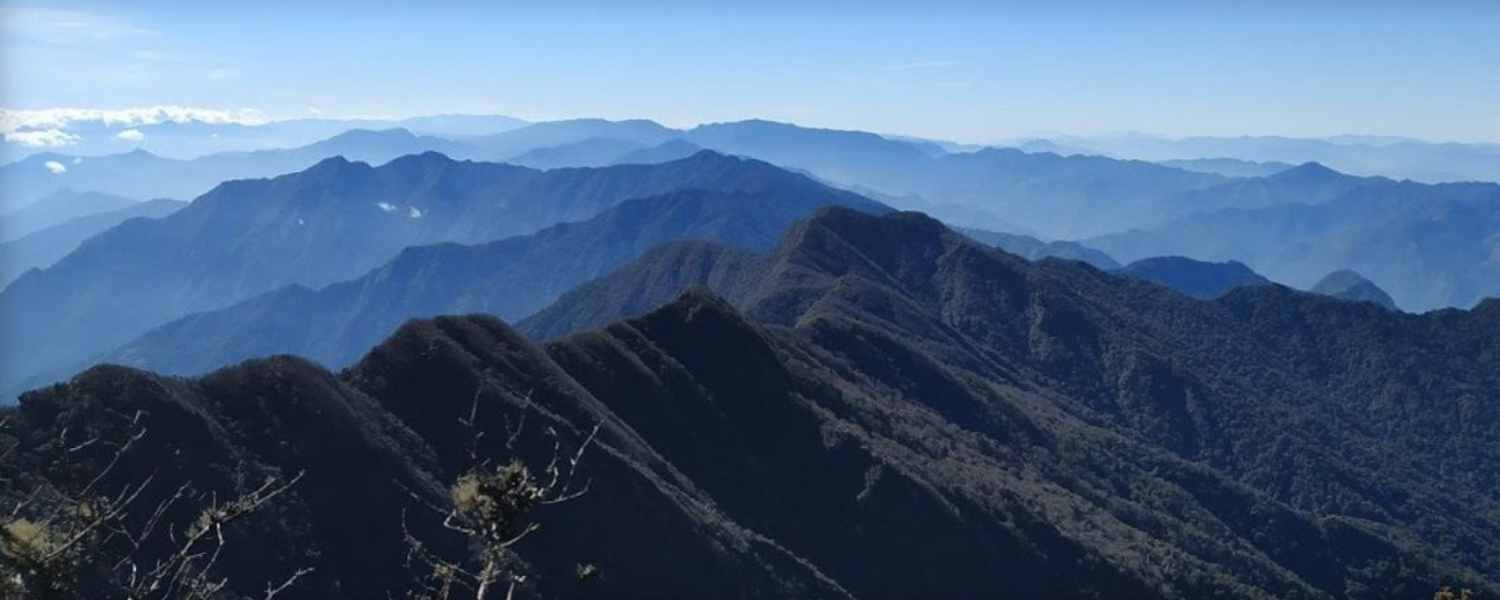
Nestled amidst the enchanting landscape of Nagaland, Saramati Peak stands tall as a majestic emblem of natural grandeur.
Rising to an impressive height of 3,826 meters (12,552 feet), this towering peak beckons adventurers and nature enthusiasts from far and wide.
Its prominence, reaching 2,885 meters (9,465 feet), adds to its allure, making it a magnet for visitors seeking awe-inspiring vistas and thrilling experiences.
Affectionately referred to as the Crown of Nagaland, Peak holds a special place in the hearts of locals and visitors alike.
Its lofty summit not only offers breathtaking panoramas but also serves as a symbol of the rich tribal heritage of the region.
Every year, travelers flock to witness the unparalleled beauty and explore the cultural tapestry surrounding this natural wonder.
Beyond its scenic splendor, Peak holds significance as one of the most prominent peaks in Southeast Asia.
Its towering presence forms a natural boundary between India and Myanmar, adding a touch of geopolitical intrigue to its already captivating appeal.
For adventurers seeking an unforgettable journey and a glimpse into the cultural heritage of Nagaland, a trek to Peak promises an experience like no other.
With its towering heights and cultural significance, the northeastern region of India is represented as a symbol of enduring loveliness and variety.
The northeastern region of India is defined as a symbol of enduring loveliness and variety.
3. Significance for local tribes

For tribes such as the Sema, Kuki, and Chang, among others, Saramati is not just a geographical landmark but a symbol deeply intertwined with their cultural and traditional beliefs.
Firstly, it is revered as a sacred entity among these tribes. It is often regarded as the abode of their deities and spirits.
Rituals and ceremonies are performed at the foothills of the peak to seek blessings, protection, and prosperity from the divine forces believed to reside there.
Secondly, the peak holds historical significance for the tribes as a beacon of unity and resilience. Throughout history, it has been a site of strategic importance in conflict and peace.
The tribes have stories passed down through generations, recounting events around the peak and shaping their collective identity.
Moreover, Peak is integral to the livelihoods of the local tribes. The surrounding forests are a vital source of resources like timber, medicinal plants, and herbs, which are crucial for their sustenance and traditional practices.
Peak is not merely a geographical feature but a sacred symbol, a historical landmark, and a lifeline for the local tribes, embodying their cultural heritage and connection to the land.
4. Flora and fauna around Saramati Peak
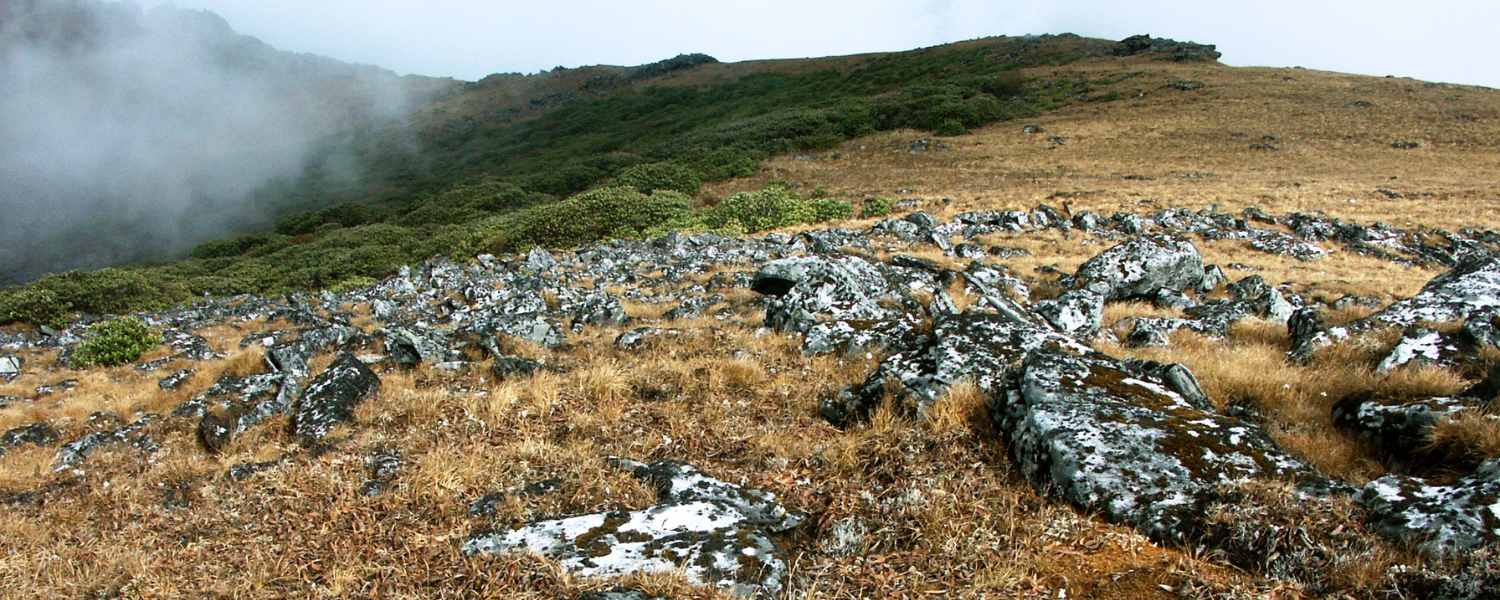
Nestled amidst the picturesque landscape of Nagaland, Peak boasts a rich diversity of flora and fauna, making it a haven for wildlife and nature lovers.
The lush forests surrounding the peak are home to many fascinating creatures, from majestic mammals to elusive birds and insects.
Among the notable inhabitants of the Saramati Forest are the Hollock Gibbons, known for their acrobatic antics on the treetops, and the stealthy Panther, which creeps through the dense foliage with unmatched grace.
The enigmatic Jungle Cat, Bison, and Sambar also roam these woods, adding to the allure of the wilderness.
Visitors may catch glimpses of the elusive Barking Deer darting through the undergrowth or encounter the formidable Wild Boar foraging for food.
Venturing deeper into the forest, lucky explorers might spot the elusive Slender Loris, a nocturnal primate with large, expressive eyes.
Moreover, the region is also home to rare sightings such as the elusive Kayak, bears, and various bees buzzing amidst the blooming flowers.
One can even chance upon the magnificent wild Mithuns, adding a touch of exoticism to the natural splendor of Saramati during the summer months.
With its diverse range of fauna thriving in its natural habitat, Peak offers a captivating glimpse into the wonders of the wilderness, inviting adventurers to immerse themselves in its untamed beauty and discover the treasures hidden within its verdant embrace.
5. Geology of Saramati Peak
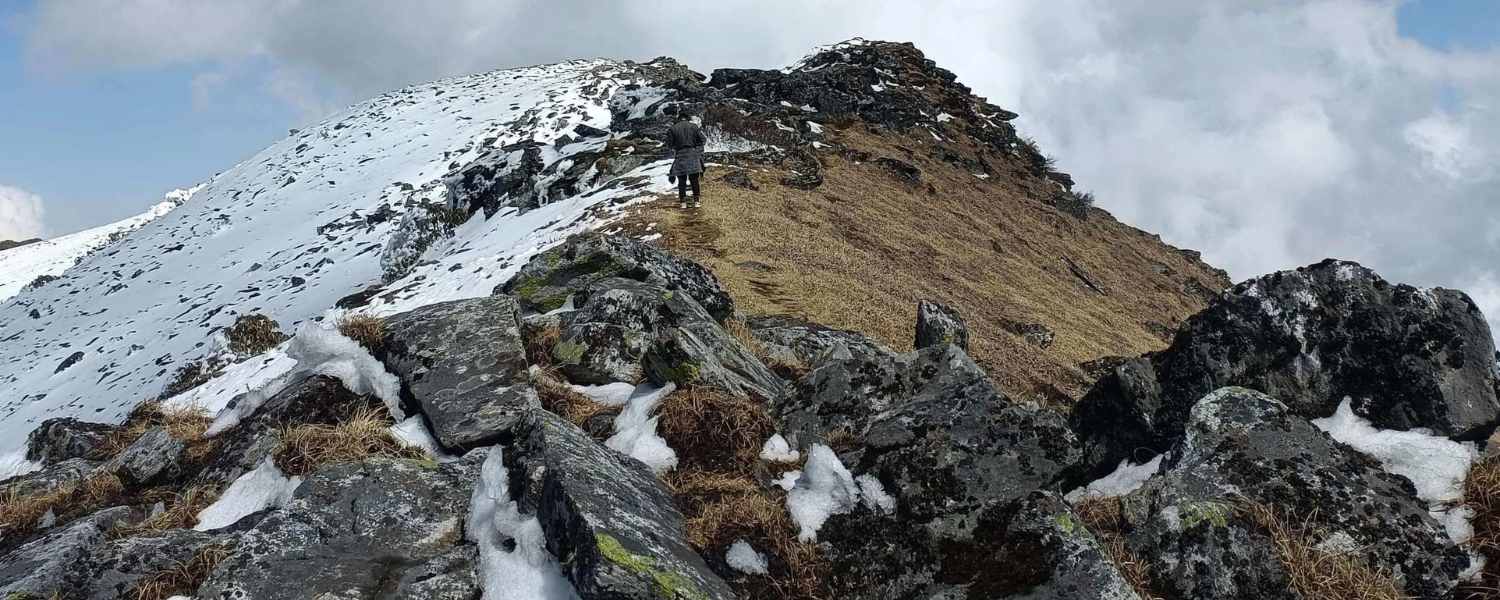
Geologically, Saramati Peak is a part of the Patkai Range, which extends across the Indo-Myanmar border.
This range is renowned for its diverse geological formations, including sedimentary rocks, igneous intrusions, and metamorphic rocks.
One of the striking features of this peak is its rocky terrain, which is characterized by rugged cliffs and steep slopes.
The Peak’s geological composition comprises metamorphic rocks such as schists, gneisses, and quartzites, subjected to intense pressure and heat over thousands of years.
These rocks offer valuable insights into the region’s geological history, reflecting the tectonic forces and geological processes that have shaped the landscape.
Moreover, Peak is significant from a geological perspective and holds cultural and ecological importance.
The local Naga tribes revere it as a sacred mountain, often associated with myths, legends, and traditional rituals.
Furthermore, the peak supports a rich biodiversity, with diverse flora and fauna inhabiting its slopes, including rare and endemic species.
Peak stands as a testament to the geological heritage of Nagaland, offering a glimpse into the fascinating world of rocks, landscapes, and natural history.
Whether admired for its geological wonders, cultural significance, or ecological treasures, Peak remains a timeless icon of the region’s natural heritage.
You can even also explore the monuments of Nagaland here.
6. Climate around Saramati Peak
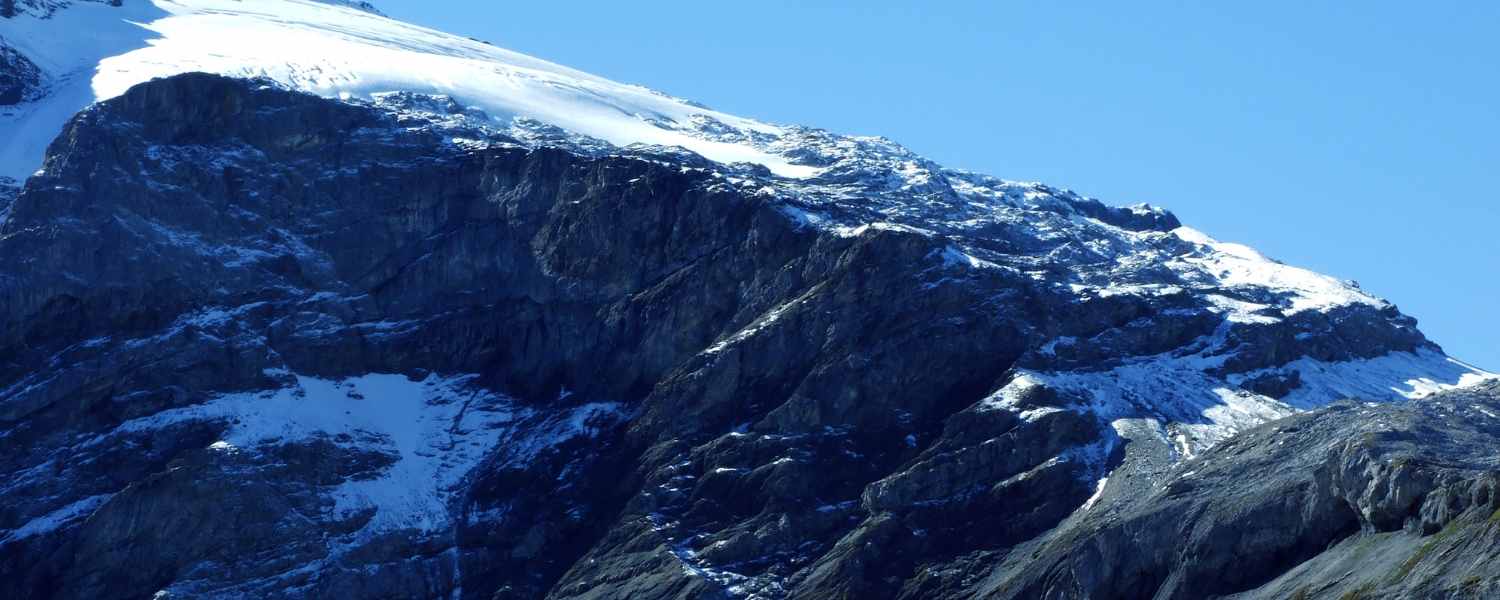
Nestled in the northeastern state of Nagaland, India, Peak stands tall as the highest mountain in the region, offering breathtaking vistas and a unique climate experience.
Situated in the heart of the Naga Hills, the climate around this peak is characterized by its cool, temperate weather, making it a haven for nature enthusiasts and adventurers alike.
During the summer months, typically from March to June, the weather around this peak remains pleasantly cool; temperatures fall between 15 and 25 degrees Celsius.
This time of the year beckons hikers and trekkers to explore its verdant slopes and lush forests, adorned with a vibrant display of flora and fauna.
As autumn sets in, the landscape around Saramati Peak transforms into a kaleidoscope of colors, with the foliage painting the mountainside in red, orange, and gold hues.
The crisp, refreshing air makes autumn, from September to November, an ideal time for outdoor camping and birdwatching.
Come winter, from December to February, the climate around Peak turns chilly, with temperatures dropping to as low as 5 degrees Celsius.
Blanketed in snow, the Peak offers a mesmerizing winter wonderland, attracting intrepid travelers seeking an unforgettable experience amidst the frosty wilderness.
Whether you’re captivated by the allure of summer hikes, the vibrant hues of autumn, or the pristine beauty of winter, the climate around Peak promises a captivating adventure year-round.
So pack your bags and immerse yourself in the natural splendor of this enchanting mountain retreat.
7. Cultural importance of Saramati Peak
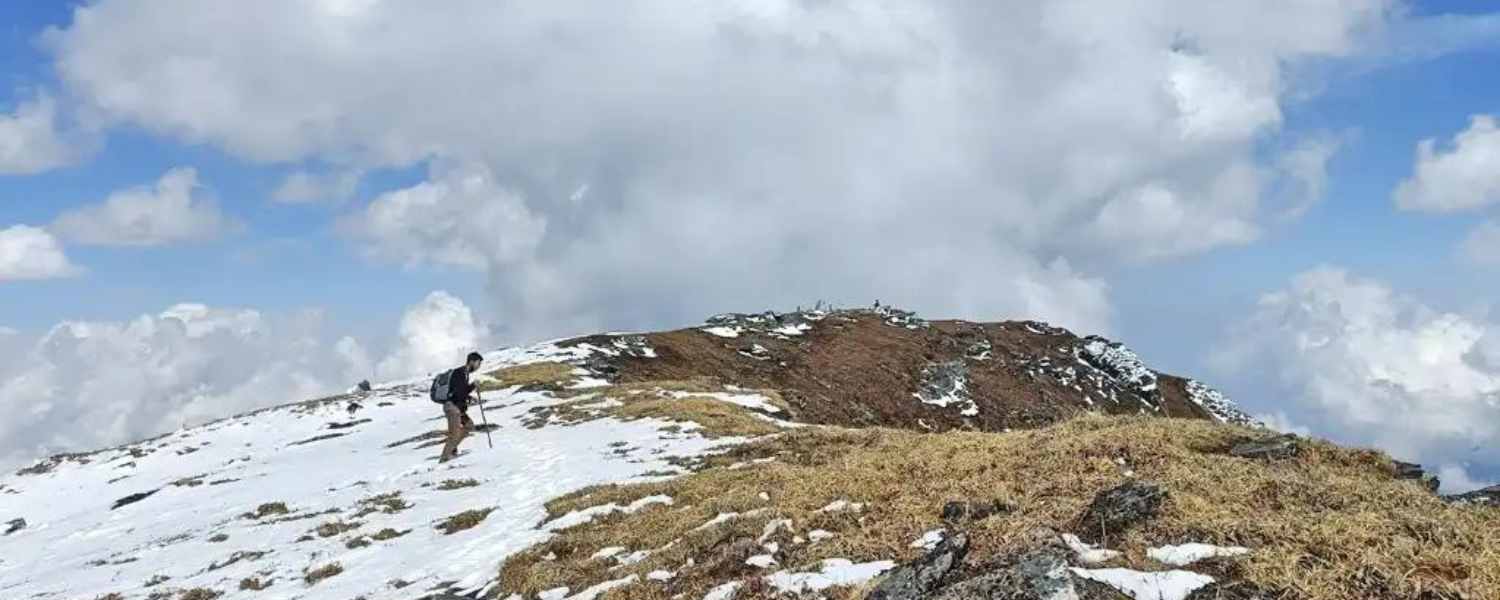
Saramati Peak has been an integral part of their folklore, myths, and rituals for generations. It is believed to be inhabited by spirits and deities, serving as a sacred site for various ceremonies and traditional practices.
The Peak holds spiritual importance, with rituals performed to seek blessings for prosperity, good harvests, and overall well-being.
Beyond its religious significance, Peak also plays a crucial role in the region’s cultural identity.
It serves as a landmark for navigation, a subject of artistic inspiration, and a source of pride for the local communities.
Folk songs and dances often reflect reverence and admiration for this natural wonder.
Moreover, this peak is a cultural icon and an ecological treasure. Its rich biodiversity, comprising diverse flora and fauna, contributes to the sustenance of the local ecosystem and serves as a haven for biodiversity and researchers alike.
Peak encapsulates the intertwining of culture, spirituality, and nature, standing as a testament to the connection between humanity and the environment in the heart of Nagaland.
8. Conservation efforts around Saramati Peak
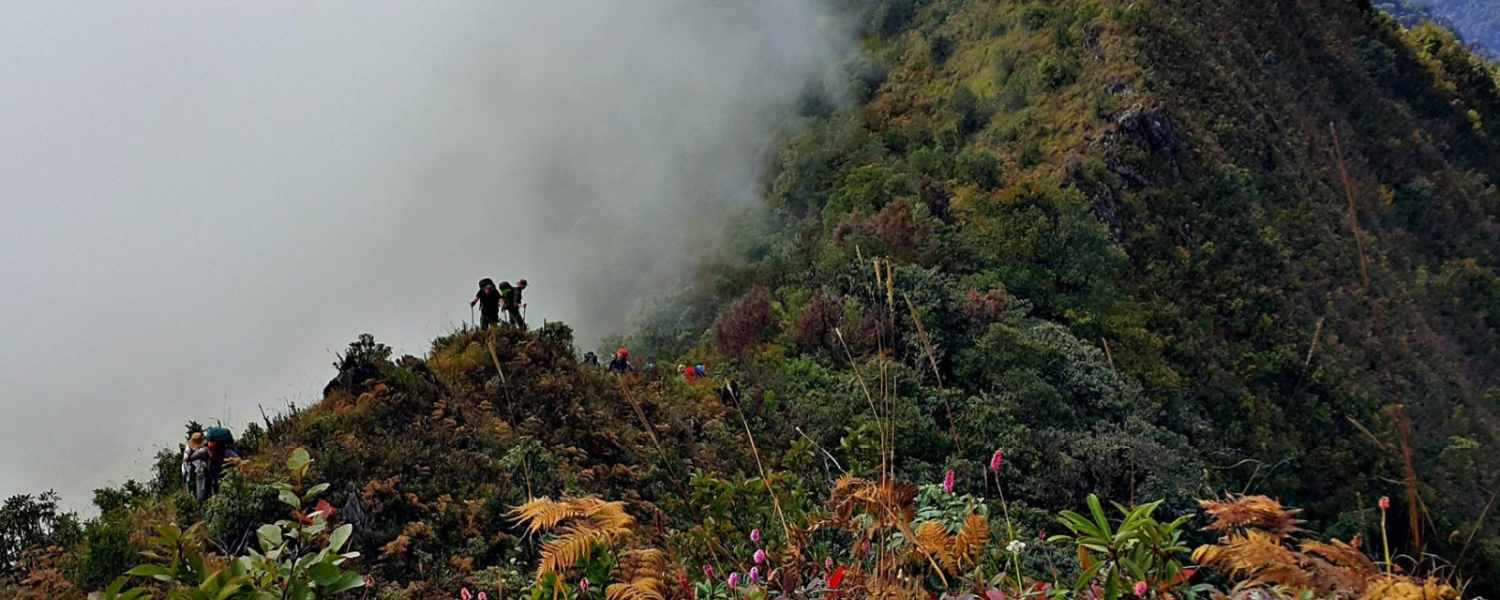
Nestled in the northeastern state of Nagaland, India, Saramati Peak stands tall as a beacon of biodiversity.
Conservation efforts around this peak are pivotal in preserving its rich ecological tapestry. The government of India has championed various wildlife conservation projects to safeguard the diverse flora and fauna inhabiting this region.
Notably, initiatives like Project Snow Leopard, Project Tiger, Indian Rhino Vision 2020, Project Hangul, and the Crocodile Conservation Initiative have been instrumental in mitigating threats to local wildlife.
Project Snow Leopard focuses on conserving the elusive and endangered snow leopard native to the high-altitude regions surrounding Peak.
Similarly, Project Tiger aims to protect the majestic Bengal tigers that roam nearby forests.
Indian Rhino Vision 2020 targets restoring rhinoceros populations, ensuring their survival for future generations.
Project Hangul endeavors to conserve the critically endangered Kashmir stag, a species endemic to the region.
Furthermore, the Crocodile Conservation Initiative safeguards the habitats of various crocodilian species in the rivers and wetlands surrounding the Peak.
Through these concerted conservation efforts, the government of India strives to maintain the delicate ecological balance around Peak, thereby securing a sustainable future for both wildlife and local communities.
By fostering harmony between humans and nature, these initiatives pave the way for a brighter and more resilient ecosystem in the years to come.
9. Views from the summit of Saramati Peak
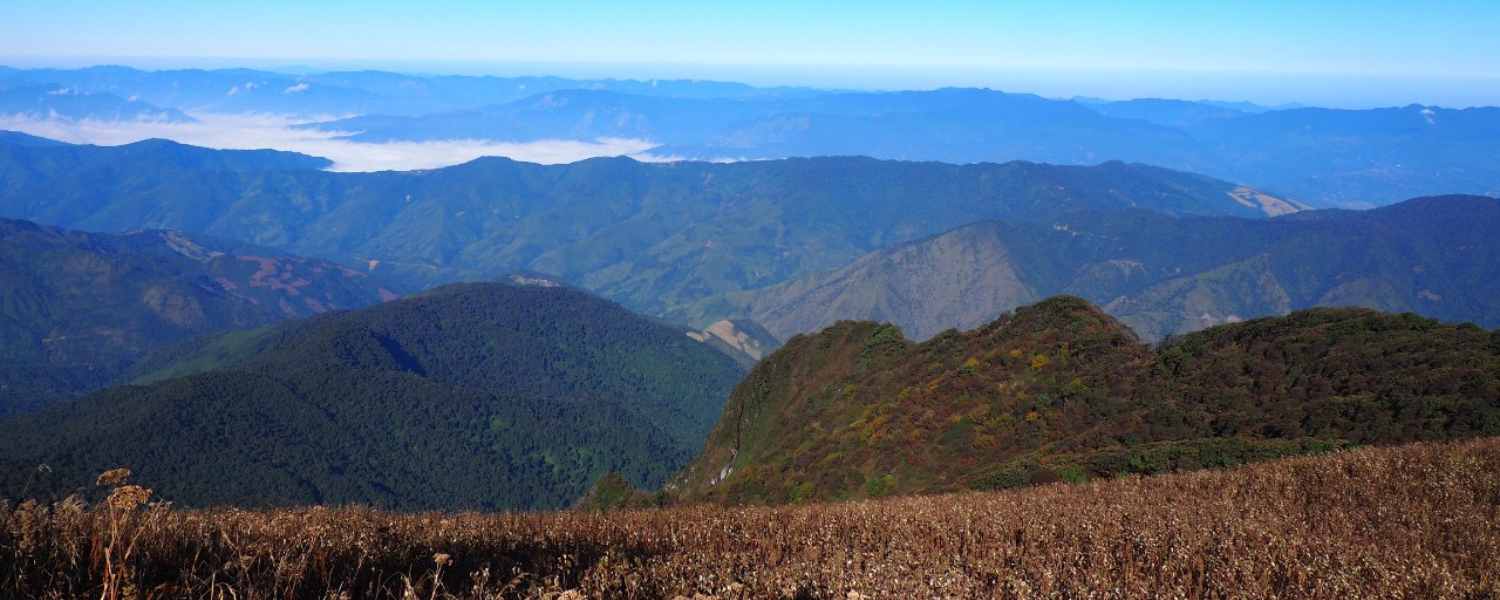
At the heart of the Naga Hills, the majestic Saramati Peak stands tall, offering breathtaking views from its summit.
As the highest peak in Nagaland, India, Peak beckons adventurers and nature enthusiasts to witness its unparalleled vistas.
The journey to the summit is an adventure, with rugged trails cutting through dense forests and meandering streams, providing a glimpse into the region’s rich biodiversity.
Upon reaching the summit, visitors are rewarded with fantastic views that stretch the eye.
To the north, the rolling hills of Nagaland unfold, adorned with lush greenery and dotted with traditional Naga villages.
To the south, the landscape transforms into a mesmerizing tapestry of valleys and rivers, while the distant peaks of neighboring Myanmar add to the allure of the scenery.
The summit of the peak offers more than just visual delights; it also provides unmatched tranquility.
As the excellent mountain breeze brushes against your skin, you can’t help but feel a profound connection with nature.
It’s a place where time seems to stand still, allowing visitors to immerse themselves fully in the beauty of their surroundings.
10. Challenges faced by climbers on Saramati Peak
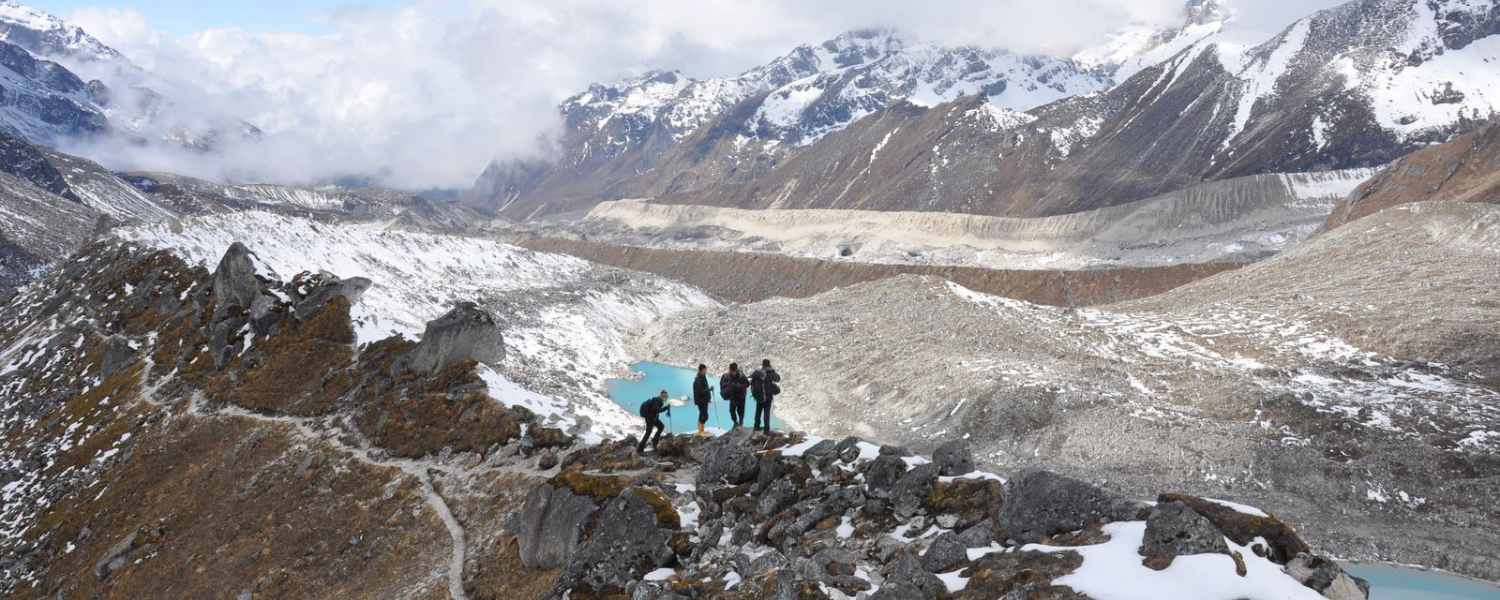
Firstly, the rugged terrain of Saramati Peak poses a formidable obstacle. The steep slopes, rocky outcrops, and dense vegetation make navigation arduous, requiring climbers to possess advanced trekking skills and endurance.
Moreover, the ever-changing weather adds another layer of complexity. Sudden storms, heavy rainfall, and fog can significantly impair visibility or increase the risk of accidents.
Altitude sickness is another formidable challenge faced by climbers on the peak.
As they ascend to higher elevations, the decreasing oxygen levels can lead to symptoms like nausea, headaches, and fatigue, potentially jeopardizing the entire expedition.
Furthermore, the remoteness of Peak Peak exacerbates the challenges. Limited access to medical and emergency services means climbers must be self-reliant and well-prepared for contingencies.
Despite these daunting challenges, conquering Peak is an enriching experience with breathtaking views and a profound sense of accomplishment.
However, climbers must cautiously approach the ascent, respecting the mountain’s formidable nature and taking all necessary precautions to ensure a safe and fantastic journey.
11. Historical expeditions to Saramati Peak
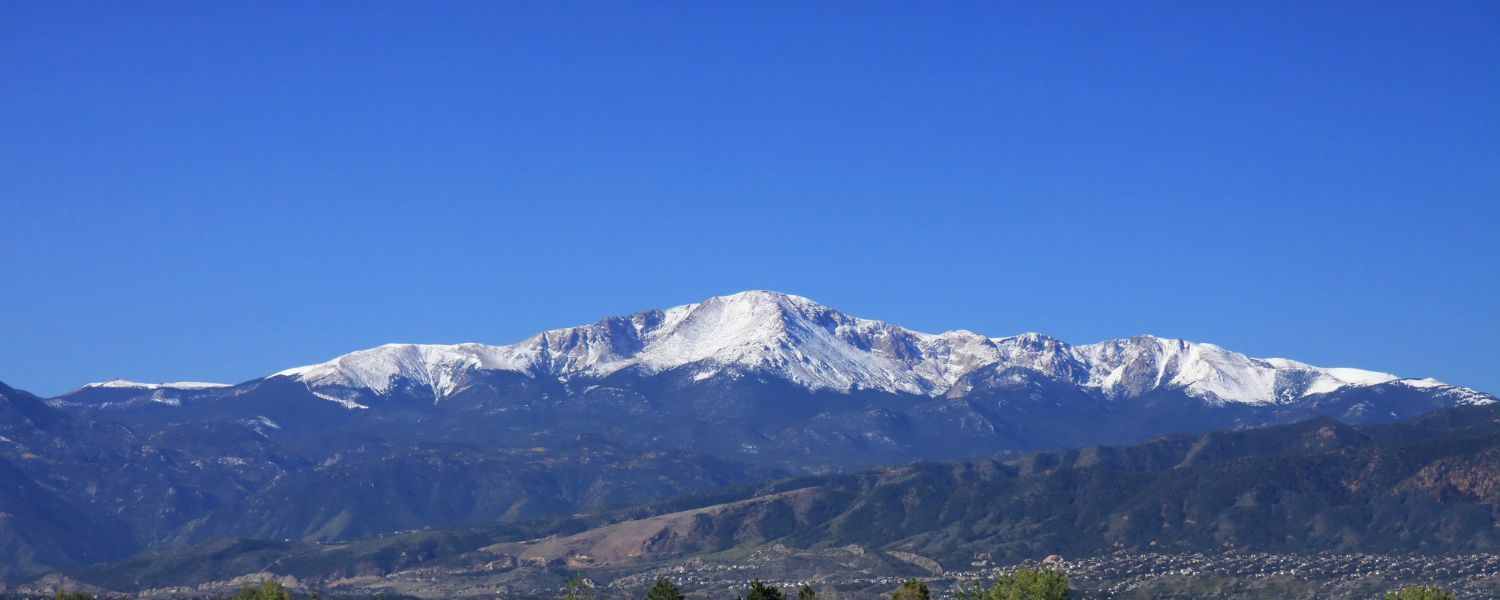
The history of expeditions to Saramati Peak traces back to colonial times when British surveyors and explorers sought to map the uncharted territories of the region.
These early expeditions laid the groundwork for future endeavors, documenting the area’s geography, flora, and fauna.
In recent times, Peak has drawn the attention of modern explorers and trekkers eager to conquer its summit.
People worldwide come to Nagaland for the problematic yet fulfilling climb to the summit. Along the way, they traverse dense forests and rugged terrain and encounter the rich cultural heritage of the Naga tribes.
These expeditions not only offer a physical challenge but also provide a unique opportunity to immerse oneself in the history and culture of the region.
As trekkers ascend to the summit of Peak, they are rewarded with breathtaking panoramic views of the surrounding landscape, a testament to the enduring allure of this historical landmark.
12. Religious beliefs associated with Saramati Peak

Nestled in the northeastern state of Nagaland, India, Saramati Peak stands as a majestic symbol deeply intertwined with the religious fabric of the region.
Revered by the local Naga tribes, particularly the Sema Naga, the peak holds significant spiritual importance.
According to their beliefs, Peak is considered the abode of the gods and ancestral spirits, serving as a conduit between the earthly and divine realms.
The Sema Naga people, who primarily inhabit the surrounding areas, hold rituals and ceremonies at the foothills of the peak to pay homage to their ancestors and seek blessings from the divine entities believed to reside atop the mountain.
These rituals often involve offerings of traditional foods, prayers, and intricate dances performed with the utmost reverence and devotion, reflecting the rich culinary heritage and cultural significance of the food of Nagaland.
Moreover, Peak features prominently in the oral traditions and folklore of the Naga tribes, with myths and legends recounting tales of divine interventions and mystical encounters atop its summit.
Such stories add to the mysterious aura surrounding the peak and reinforce the deep-seated religious beliefs ingrained in the cultural heritage of the indigenous communities.
For the Sema Naga and other local tribes, Peak transcends its physical presence to become a spiritual beacon, fostering a profound connection between the people and their beliefs.
As they continue to cherish and preserve their cultural practices, the Peak remains an enduring symbol of faith and reverence in the rich tapestry of Naga spirituality.
13. Biodiversity hotspot around Saramati Peak
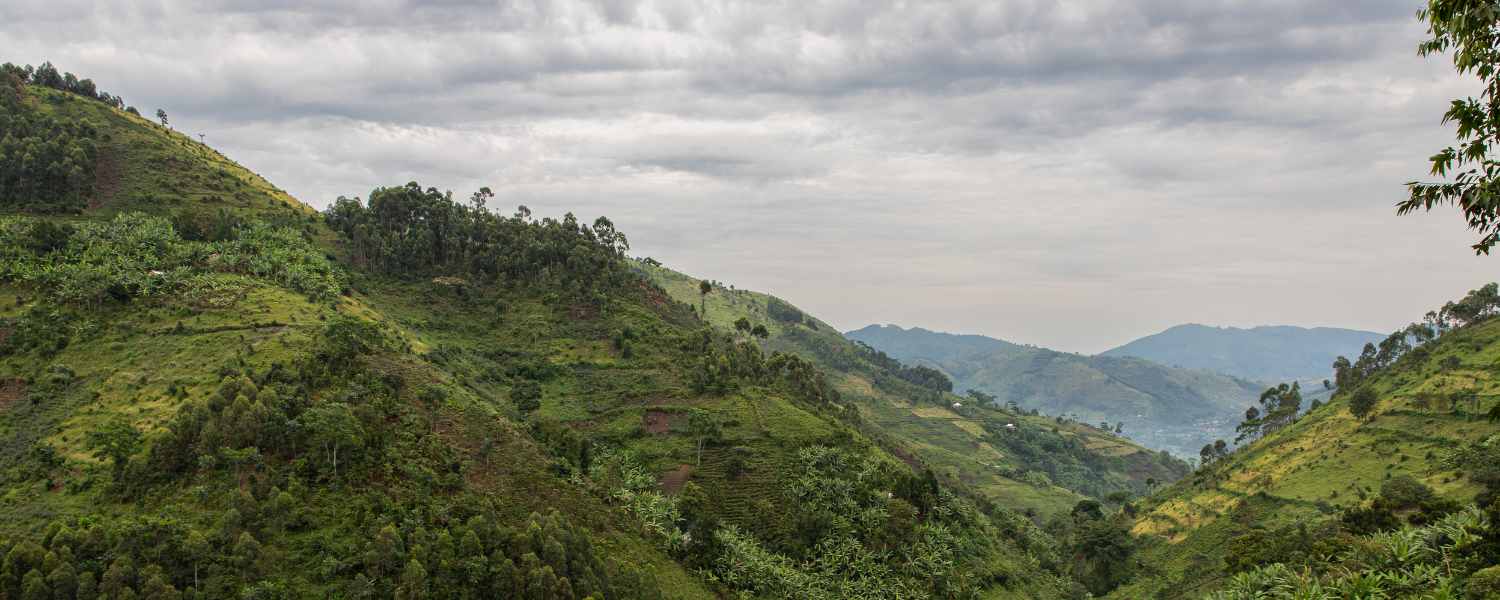
The dense forests surrounding Saramati Peak are home to many plant and animal species found in few other places on Earth.
From rare orchids to towering rhododendrons, the floral diversity here is awe-inspiring.
The fauna is equally impressive, with endangered species such as the Hoolock Gibbon, Asiatic Black Bear, and the elusive Clouded Leopard finding refuge in these lush green forests.
Moreover, this biodiversity hotspot is crucial for preserving endemic species. The diverse ecosystems around Peak also maintain ecological balance and provide vital ecosystem services like carbon sequestration, water regulation, and soil conservation.
Visitors to Saramati Peak get to marvel at its scenic beauty and contribute to conservation efforts by promoting sustainable tourism practices.
By protecting this biodiversity hotspot, we ensure the survival of countless species and preserve the natural heritage for future generations to cherish and explore.
14. Nearby attractions to Saramati Peak
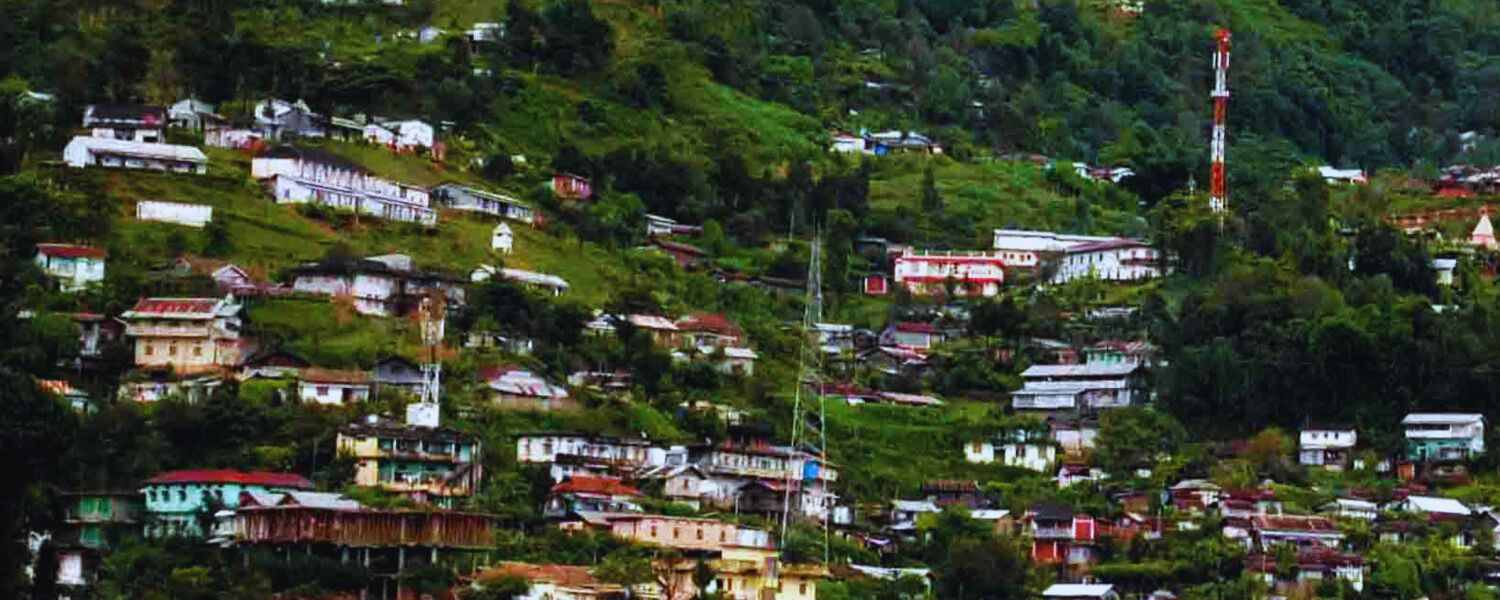
For those seeking cultural immersion, nearby villages such as Chida, Thanamir, and Chuchuyimlang provide an authentic glimpse into the indigenous Naga way of life.
Visitors can interact with local tribes, witness traditional ceremonies, and marvel at intricate handicrafts.
Nature enthusiasts will find themselves enchanted by the verdant landscapes surrounding Peak.
Dzukou Valley, renowned for its pristine beauty and seasonal blooms of wildflowers, lies nearby.
Additionally, the Fakim Wildlife Sanctuary offers opportunities for wildlife spotting amidst lush forests teeming with diverse flora and fauna.
Adventure lovers can embark on exhilarating treks to scenic viewpoints such as Salomi Village, which offers fantastic vistas of the surrounding valleys and hills.
The trek to Saramati Peak presents a challenging yet rewarding experience, showcasing breathtaking vistas.
In essence, Saramati Peak serves as a gateway to a tapestry of experiences, blending natural splendor, cultural heritage, and adventure, ensuring an unforgettable vacation for all who venture to its heights.
Conclusion
In conclusion, Saramati Peak stands as a testament to the grandeur of nature and the allure of adventure.
Nestled in the Naga Hills of northeastern India, this majestic peak offers more than just breathtaking vistas; it encapsulates a sense of wonder and exploration that beckons travelers from afar.
From its rugged terrain to its diverse flora and fauna, Saramati Peak presents an unparalleled opportunity for trekkers and nature enthusiasts to immerse themselves in the beauty of the Eastern Himalayas.
Moreover, the cultural significance of Peak cannot be understated, as it holds deep-rooted importance for the indigenous Naga tribes who inhabit the surrounding areas.
Revered as a sacred landmark, the Peak is a focal point for spiritual practices and traditional ceremonies, adding cultural richness to its enchanting allure.
Peak is more than just a geographical landmark; it symbolizes harmony between humanity and the natural world, is a beacon of adventure, and is a testament to the timeless beauty of the Eastern Himalayas.
FAQ
What is Saramati Peak?
Saramati Peak stands majestically as the highest peak in Nagaland, India. Nestled within the lush Naga Hills of the Eastern Himalayas, this iconic summit is approximately 3,841 meters (12,602 feet) above sea level.
What makes this peak unique?
Saramati Peak isn’t just a geographic landmark; it’s a symbol of natural wonder and cultural significance. Its towering presence offers breathtaking panoramic views of the surrounding landscapes and holds deep cultural and spiritual value for the local tribes, including the Sema, Lotha, and Kuki tribes.
Is this peak accessible to tourists?
Yes, Saramati Peak is accessible to adventurous travelers and trekkers. However, reaching the summit requires a moderate to strenuous trek, offering an exhilarating experience amidst pristine forests, cascading streams, and diverse flora and fauna.
When is the best time to visit Saramati Peak?
The best time to visit Saramati Peak is during the dry season, typically from October to April. During this time, the weather is more favorable, with clear skies and mild temperatures, providing ideal conditions for trekking and exploration.
Are there any precautions to consider when visiting Saramati Peak?
While Saramati Peak offers a remarkable adventure, visitors should be prepared for challenging mountains and varying weather conditions. Consulting with local guides, carrying sufficient supplies, and acclimatizing appropriately to the altitude are all recommended for a safe and enjoyable trekking experience.
